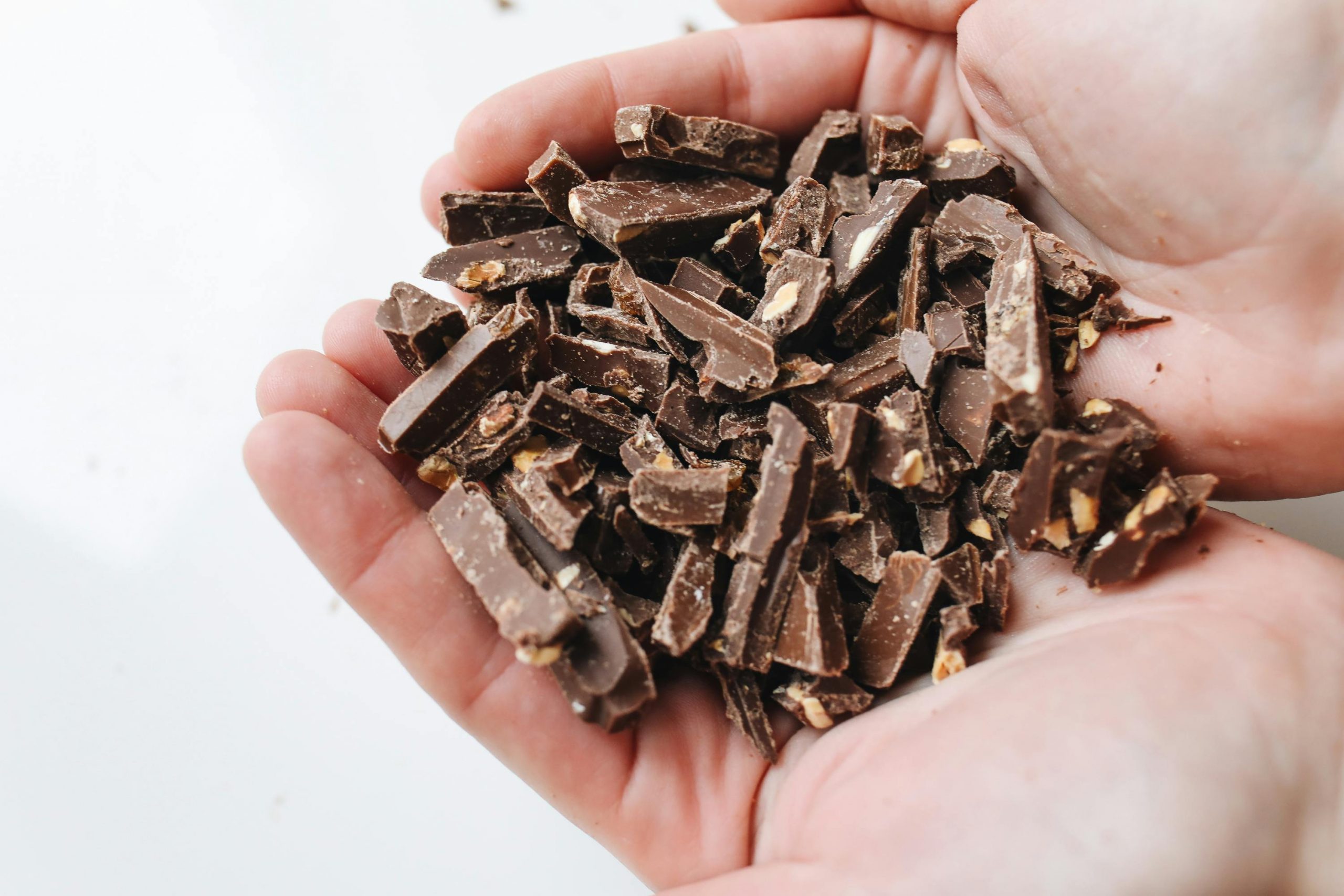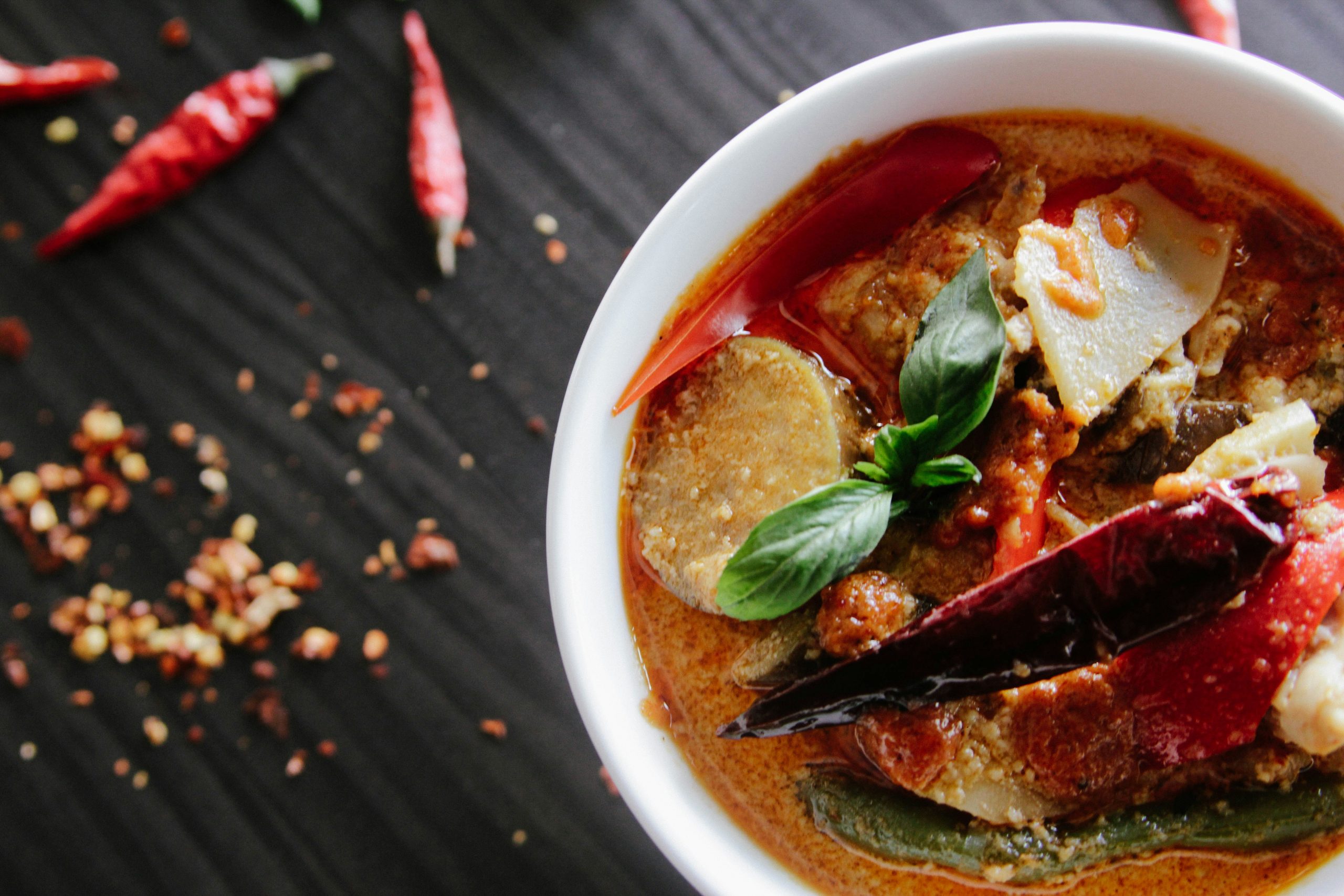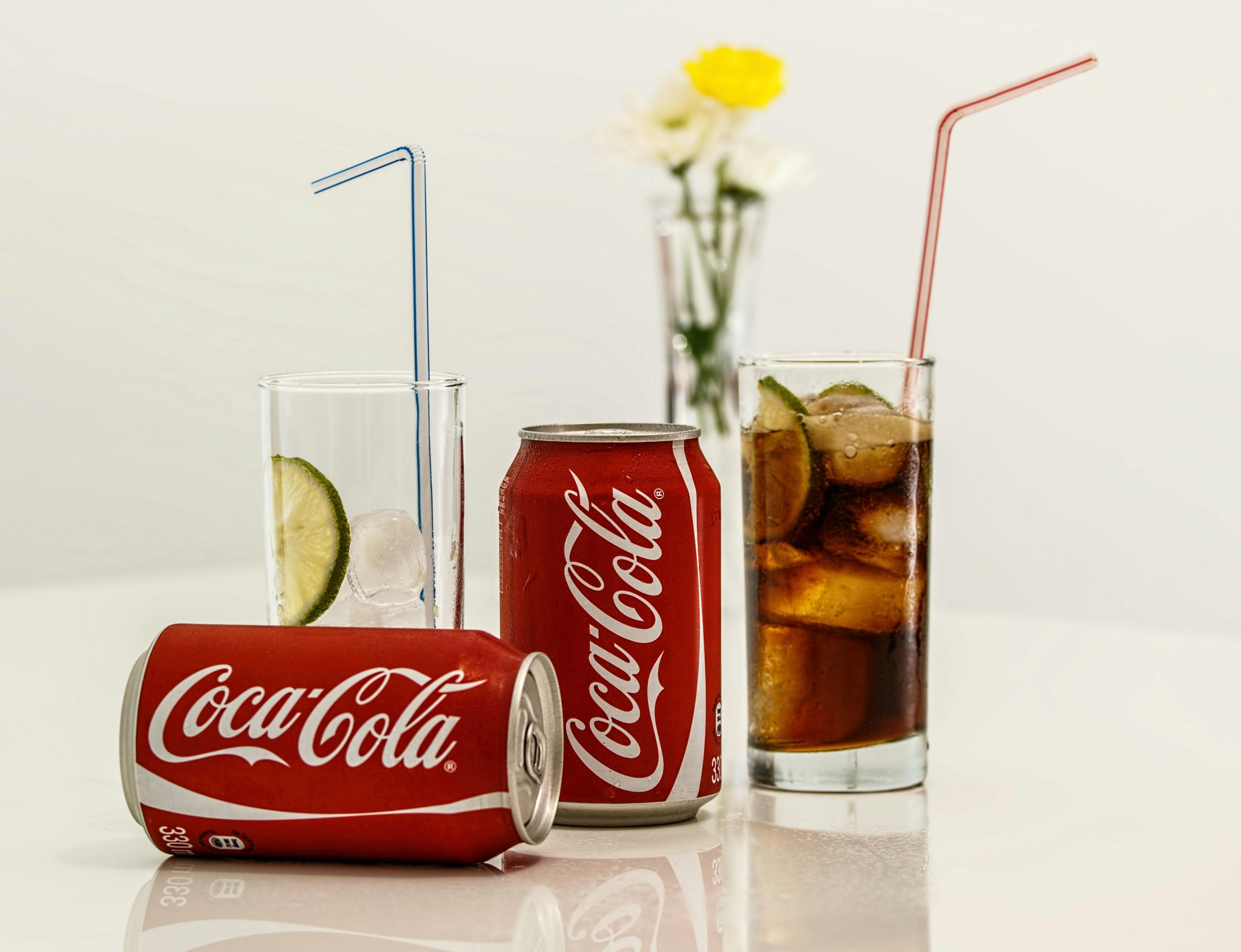The body has many acids that perform several functions, one of them being breaking down food and killing bacteria. These acids are naturally produced by the body and are only able to function well when they are kept at a normal level of quantity.
When these acids are too much in the body and continue to build up, the Cleveland Clinic calls that Metabolic Acidosis. What happens during metabolic acidosis is the following:
First of all, a little backtrack for context, according to Cleveland, the body requires a specific pH balance to function properly. The pH scale represents the levels of acids and bases in your blood. The scale goes from zero (extremely acidic) to fourteen (very basic or alkaline).
The typical pH range in your blood is 7.35 to 7.45. Kidneys and lungs help in maintaining a healthy pH balance. They excrete excess acids and bases from your blood through urine. Your lungs regulate the amount of CO2 in your blood. So, metabolic acidosis happens when your body creates too much acid or your kidneys fail to eliminate enough acids from your bloodstream.
Signs that prove high acid levels according to National Kidney Foundation are:
- Heartburn
- Irregularities in breathing
- Confusion
- Feeling very tired and/or weak
- Nausea
- Vomiting
- Loss of appetite
There are certain foods that we eat that increase our acid levels to an unhealthy amount, we need to shy away from diets that include these foods. Swilster NDTV and Healthline advice on foods to avoid to prevent metabolic acidosis and other acid-related diseases.
Chocolate
While chocolate may be your favourite dessert, it has a darker side. Chocolate includes caffeine, cocoa, and plant compounds, all of which can cause heartburn.

Fatty foods
While fatty meals such as onion rings, oil-based sauces, and whole-milk dairy items can make you feel fatigued, they digest slowly compared to most other foods. When food sits in your stomach for an extended period, your body produces more acid.
Spicy food
Spicy foods might worsen acid reflux. Many spicy meals include capsaicin, which may block digestion and irritate an already irritated oesophagus as it travels down.

Garlic
Especially when consumed raw, garlic is known to produce heartburn and upset stomach in normally healthy people. It increases acid production, which puts you at risk for heartburn.
Beverages
Drinks containing alcohol, caffeine, or carbonation cause acid to leak up your oesophagus and inflate your stomach, forcing its contents against the oesophagus. This includes soda, coffee, tea, and other alcoholic beverages.

Fruits and vegetables
Fruits and vegetables are an important part of your diet. However, certain types might make your acid levels rise. Fruits and veggies such as pineapple, oranges, grapefruit, lemons, and limes, tomatoes (including tomato-based foods) and onions.
ALSO SEE: How our diets impact cholesterol
Article was originally written and published by Qaqamba Falithenjwa for BONA Magazine.

